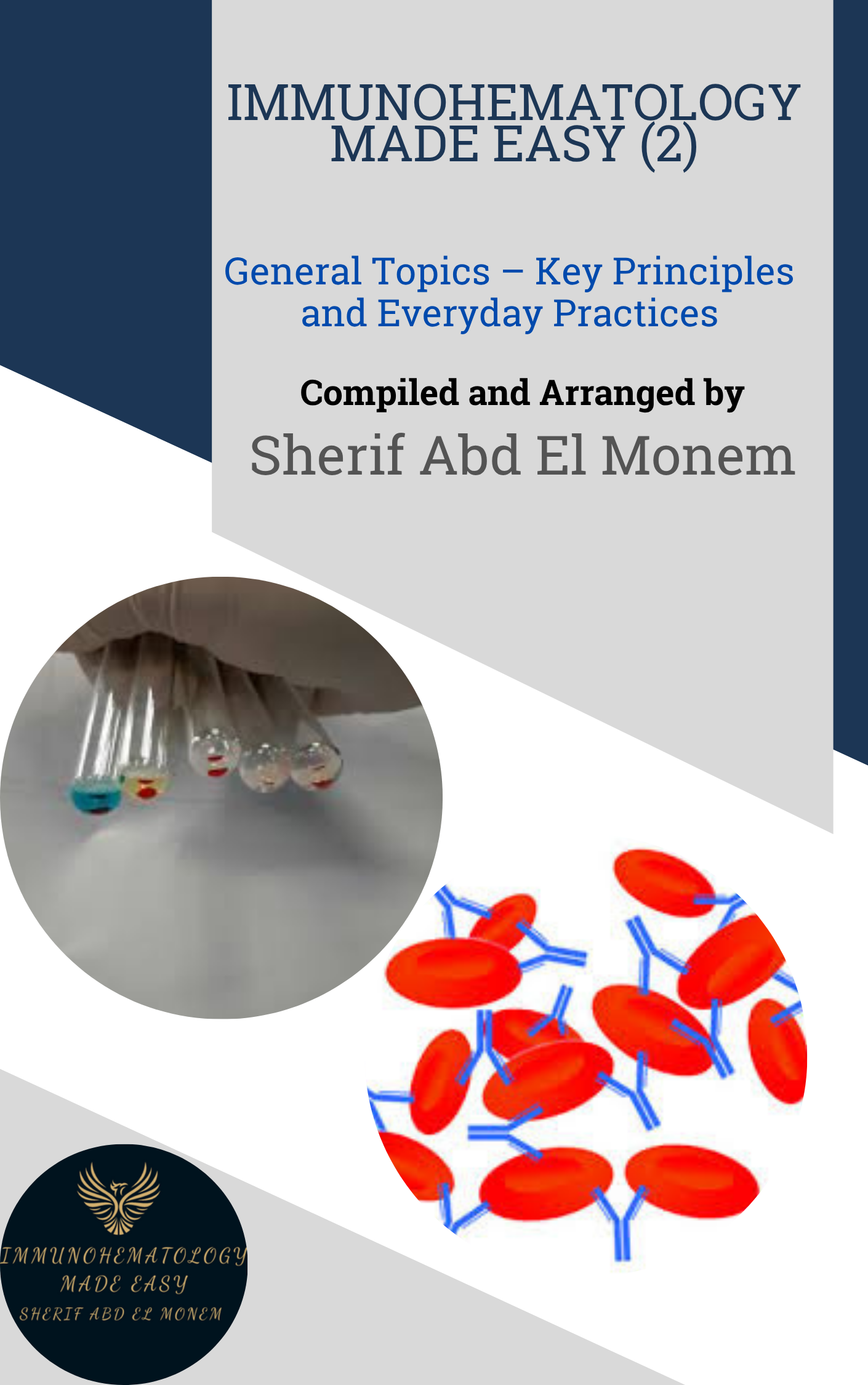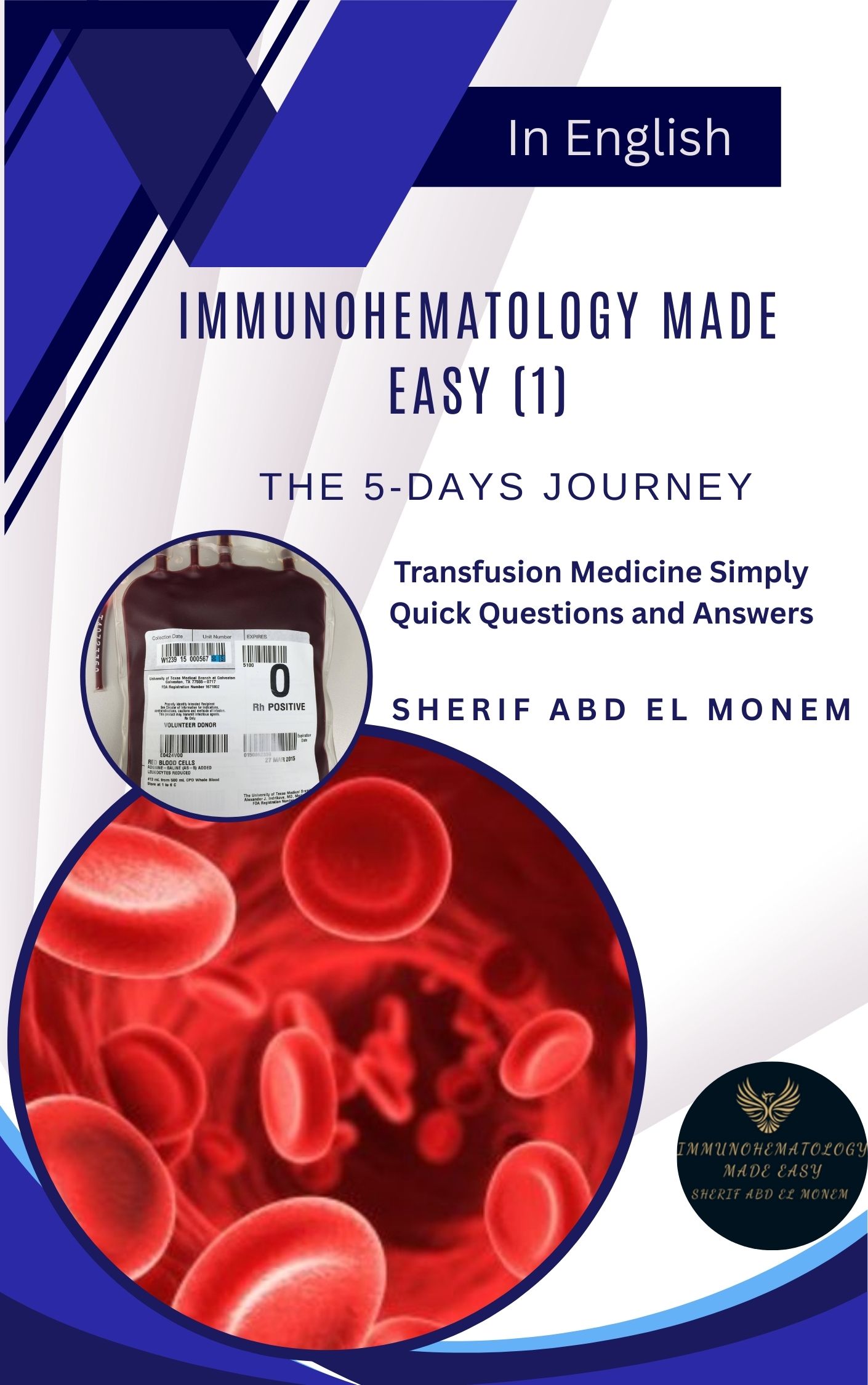World human neutrophil antigens investigation survey
This summary was assisted by AI :
🎓 Citation Information:
- Author(s): Behnaz Bayat, Jonas Lowack, Marie Audrain, Laure Croisille, Brian Curtis, Rebecca Dangerfield, Behnaz Esmaeili, Claudia Grabowski, Hartmut Kroll, Hyungsuk Kim, Marjeta Macek Kvanka, Elyse Moritz, Oytip Nathalang, Derrick Nelson, Kaspar René Nielsen, Gail Pahn, Anthony Poles, Leendert Porcelijn, Ulrich J. Sachs, Marlies Schönbacher, Günther F. Körmöczi, Pawinee Kupatawintu, Brigitte Flesch, Yoke-Lin Fung
- Title: World human neutrophil antigens investigation survey
- Journal/Source: Vox Sanguinis, 2023
- Publication Year: 2023
- Pages: 1–12
- DOI: 10.1111/vox.13500
- Affiliation: Various institutions across the world
🌌 Contextual Insight:
- In a Sentence: This paper surveys laboratories around the world conducting research and testing related to human neutrophil antigens to establish a global directory of such services and summarize investigation techniques and findings.
- Keywords: human neutrophil antigens (HNAs), neutrophil serology, neutropenia, transfusion-related acute lung injury (TRALI), autoimmune neutropenia (AIN), neonatal alloimmune neutropenia (NAIN)
- Gap/Need: There is a lack of comprehensive understanding of the global landscape of HNA diagnostic services due to the small number of reference laboratories.
- Novelty: This is the first study to provide a worldwide synopsis of HNA typing, serology practices, sample frequencies, and the distribution of investigating capabilities.
- Target Audience: Academics, clinicians, transfusion medicine professionals
- Jargon Density: Some specialized terms but overall relatively easy to understand for readership familiar with transfusion medicine and immunology concepts.
- Recommendation: Recommended for intermediate/expert readers in transfusion medicine and hematology due to specialized terminology.
🧭 Purpose/Objective:
- Goal: To identify and catalogue laboratories performing HNA testing globally through a survey in order to increase awareness of diagnostic services and improve accessibility.
- Research Questions: Not explicitly stated but implicitly to understand current practices, sample loads, positives rates, involved populations etc.
- Significance: Comprehensively mapping HNA services aids understanding and managing conditions like NAIN, TRALI where HNA mismatches play a role.
🎓 Background Knowledge:
- Core Concepts: HNAs, neutropenia, NAIN, AIN, TRALI
- Preliminary Theories: Role of HNA mismatches/alloimmunization in above conditions
- Prior Research: Previous identification of 11 HNA alleles and implication of specific alleles in conditions
- Terminology: GIFT, GAT, MAIGA, Labscreen Multi, ANC
- Essential Context: ISBT-GIWP aids HNA service evaluation
📝 Methodology:
- Research Design & Rationale: Survey of laboratories involved in or potentially conducting HNA investigation
- Participants: 55 individuals across laboratories invited to participate
- Instruments: Excel-based survey on laboratory details
- Data Collection: Survey emailed and returned responses collated
- Data Analysis: Responses summarized and analyzed
- Replicability Score: 8/10 as methodology clearly described
📊 Main Results/Findings:
- 23 laboratories responded, 17 regularly investigate, 4 developing services
- NAIN most requested, anti-HNA-1a/1b most common
- Techniques include GIFT/GAT/MAIGA, Labscreen Multi
- Distributions of services noted across world regions
- Data/code availability not explicitly stated
🔄 Discussion & Interpretation:
- Authors saw gap in understanding global HNA landscape
- Discussed regional differences and lack of African/ME services
- Highlighted common involved alleles and conditions
❌ Limitations:
- Reliant on responded laboratories, may be incomplete picture
- Reliant on self-reported data
🖋️ Conclusions:
- Provided first global overview of HNA services
- Identified regional differences/gaps to improve accessibility
- Illustrated common techniques, workloads, positives
🚀 Future Work:
- Encourage participation in quality assessments like IGIWP
- Identify more laboratories, improve coverage globally
- Longitudinal studies comparing practices over time
📚 References: Numerous studies establishing foundations
🎯 Relevance:
Illuminates worldwide landscape of critical but niche services
🌐 Textual Mind Map:
- Introduction
- Central Ideas: Survey methodology and objectives
- Facts: 55 laboratories invited, 23 responded
- Results
- Central Ideas: Findings on services, workloads, techniques
- Facts: Distribution of positives by allele
- Discussion
- Arguments: Discussion of gaps, regional differences
- Interconnections: Role of findings in understanding conditions
🌟 Key Quotes:
“This is the first study to provide a comprehensive synopsis of HNA typing and serology conducted in diagnostic laboratories across the whole world.”
🧠 Personal Insights/Comments:
The study effectively achieves its aim of mapping the global HNA landscape, though limited by response rate. It highlights critical gaps like lack of African services. Comparison of techniques illustrates both standards and room for harmonization. While focused on current snapshot, longitudinal follow ups could better elucidate field’s evolution over time. Overall an invaluable reference for anyone interacting with these specialized tests.

Immunohematology Made Easy (2)
General Topics – Key Principles and Everyday Practices
📘 Available now in PDF & EPUB formats
🔗 Visit Store

Immunohematology Made Easy (2)
General Topics – Key Principles and Everyday Practices
📘 Available now in PDF & EPUB formats
🔗 Visit Store

📘 New to Blood Bank?
Start your 5-day journey with Immunohematology Made Easy — a simple, beginner-friendly guide with real-life examples!
👉 Get Your Copy Now